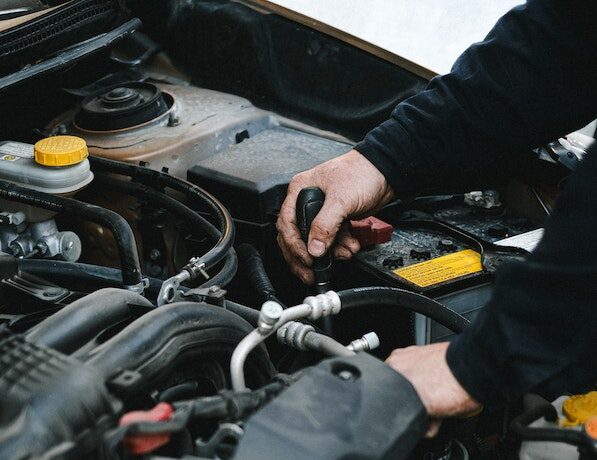Today, all automakers employ turbocharged engines in their vehicles. A automobile without a turbocharger is actually quite rare; only the smallest engines might be devoid of one. So whence did this pattern originate?
It is a well-known fact that newer cars have better gas mileage than older ones. This is due to a number of factors. Because cars have gotten more aerodynamic, less resistance needs to be overcome, and multiple-gear automatic transmissions ensure that the car functions as efficiently as possible. The improvement of engines themselves has, however yielded the greatest benefit.
As a buyer, you want a vehicle that can accelerate well and uses relatively little gasoline when traveling at high speeds. Since a naturally aspirated engine can typically only perform one of these, it is the responsibility of a turbocharger manufacturer to aid automakers in achieving both objectives simultaneously.

Without delving into too much detail, the basic idea behind how a gasoline engine generates power is as follows: to form a combustible mixture, a specific amount of air is drawn into the engine, and fuel is then injected at the ideal ratio. It seems to reason that you can generate more power the more of the combustible mixture there is in the mixture. The drawback is that even if you don’t actually need it, you still burn. You simply wind up with an engine that produces less power if you shrink the engine to reduce this. In order to ensure that the little engine is still fuel-efficient when additional power is not needed, a device that can drive extra air into the engine is necessary. A turbocharger precisely does this by supplying the engine with additional air to boost power. Ensure you buy performance heaven pulsar turbos with a good quality.
Let’s start by dispelling a common misunderstanding right away. Without your careful use as the driver, a turbocharged engine does not instantly become more fuel-efficient. You will never get decent fuel economy if your braking and acceleration are inconsistent. Don’t overdo it and shift into a higher gear too soon because a turbocharged engine has a strong torque output at low engine speeds. The fuel consumption increases with engine speed, and the time saved by accelerating in a lower gear is minimal.

The most difficult item to learn or accomplish, but if done correctly, it can also help you save some fuel. Instead of using cruise control and abruptly breaking for a light or intersection, let the car coast for a while pulling off the pedal to let the engine to slightly slow it down. When the throttle is not applied, the engine contributes to the car’s slowing rather than consuming any fuel. Please avoid coasting in neutral as the engine will continue to burn fuel, which is inefficient.
You can raise the pressure a little bit above the advised level, but not too much, or you’ll have to spend your money on new tires.





